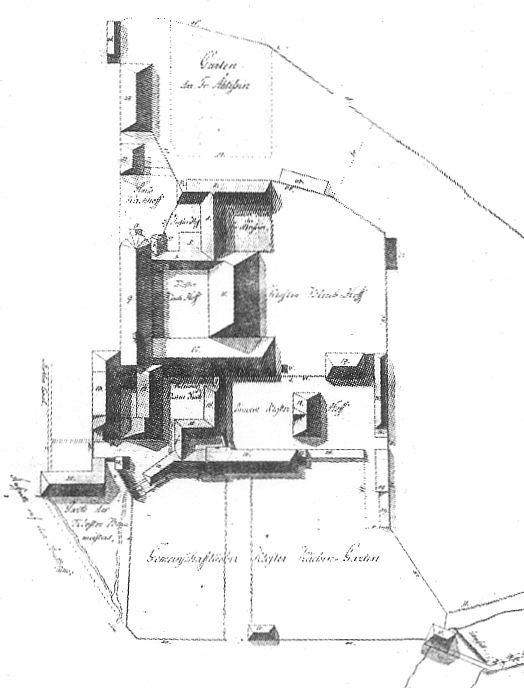Phone +49 4131 52318 | ||
 | ||
Similar | ||
2015 6 dezember tiergarten und ilmenauniederung l neburg diaschau
Lüne Abbey (German: Kloster Lüne) is an abbey in Lüneburg, in the German state of Lower Saxony, which was originally built for Benedictine nuns and today is home to a chapter of Lutheran conventuals. It is one of several former monasteries administered by the Hanoverian monastic chamber (Klosterkammer Hannover).
Contents
- 2015 6 dezember tiergarten und ilmenauniederung l neburg diaschau
- History
- Architecture
- Art
- Literature
- References
History
Lüne Abbey was founded in 1172 by Hildeswidis von Markboldestorp. In the founding document by Hugo, Bishop of Verden, there is no mention of the observances to be followed, so that it is assumed that it was a chapter of canonesses. Not until 1272 was the nunnery described in a document as an abbey for Benedictine nuns and only from the mid-14th century is a full adoption of Benedictine observances recorded.
The abbey was overseen by an abbess. Its administration and pastoral care was placed in the charge of a provost elected by the nuns. One of these provosts, Henry of Langlingen (aka of Langeln, d. 1381), was elected Prince-Bishop of Verden by the Verden cathedral chapter in 1367. Lüne nunnery belonged to the Bursfelde Congregation.
Following the introduction of the Reformation in the Principality of Lüneburg the first service in the German language was celebrated on 26 April 1528 at the instigation of Duke Ernest the Confessor, despite the opposition of the nuns. In 1529 the provostship's property was placed under ducal administration and a new provost, selected by the local lords, was installed who was to ensure the implementation of Lutheran doctrine.
However, due to considerably resistance by the orthodox nuns it took until 1562 before the new doctrine was fully adopted throughout the convent. On the basis of a rule in the Lüneburg Monastic Regulations the monastery retained its independence however. In 1711, at the behest of Duke George-Louis (later George I of Great Britain) the monastery was turned into a Lutheran convent, whose primary task was to take care of unmarried daughters of Lüneburg's country gentry.
The nunnery has belonged to the Hanoverian monastic chamber since the 19th century. Currently (2008) it is in the charge of Abbess Reinhild von der Goltz.
Architecture
In 1380 the monastery was rebuilt in the Brick Gothic style after a major fire. The cloisters, the single-nave church of 1412 and the Nonnenchor are well preserved, the same is true of the former Dormitorium (dormitory).
Art
Lüne is famous for its knitting and embroidery (wool on linen). Valuable pieces (white embroidery (Weißstickerei) altar cloths, fasting cloths (Fastentücher) and carpets, the oldest dating to around 1250, are displayed in the textile museum in the grounds of the monastery opened in 1995. In the church on the altar in the Nonnenchor is a painting from the workshop of Lucas Cranach the Elder. The high altar's triptych (carved altar) was made in the early 16th century. Also worthy of mention are the wall paintings from around 1500 in the refectory of the monastery.
Literature
Angela Lorenz-Leber: Kloster Lüne. Aufnahmen von Jutta Brüdern. Königstein i. Ts. 1991 (= Die Blauen Bücher), ISBN 3-7845-0828-6
